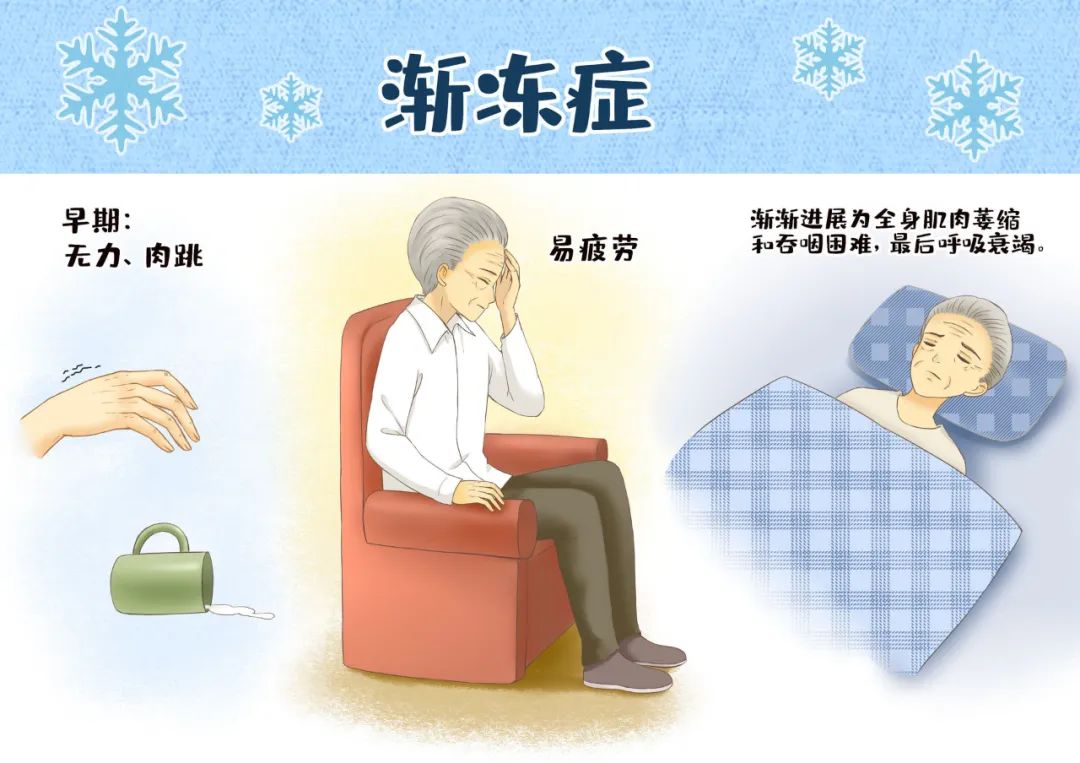
In recent years, ALS, a terrible neurodegenerative disease, has been attracting the attention of scientists around the world. More and more research is devoted to finding an effective way to cure ALS, among which cell therapy for ALS has become a high-profile research direction.

一、Cell therapy for ALS: Opening the door to new treatments
Cell therapy for ALS uses healthy, normally functioning cells to replace or repair damaged motor neurons in a patient's body for therapeutic purposes. This treatment brings new hope to ALS patients and opens up new treatment avenues for the medical community.
二、Research progress: From laboratory to clinic
Stem cell research: Stem cells have the potential of self-renewal and multidirectional differentiation, and are an important source of cell therapy. At present, scientists have successfully extracted stem cells from embryos or cord blood, and cultured and induced differentiation to form motor neurons with normal function. These motor neurons have been shown to be effective in treating ALS in animal models.
Gene therapy: Gene therapy works by introducing healthy genes into a patient's body to replace or repair damaged genes. In recent years, scientists have made a series of breakthroughs in gene therapy research for ALS. For example, by introducing healthy SOD1 genes into ALS patients, the survival of patients can be significantly extended.
Immunotherapy: Immunotherapy aims to repair damaged motor neurons by modulating the patient's immune system. At present, an immunotherapy called "immunomodulation" has achieved initial results in clinical trials. The therapy slows the progression of ALS by modulating the patient's immune system to reduce attacks on motor neurons.
三、Case study: Hope and challenge of cell therapy for ALS
Case 1: Mr. Li, 35 years old, was diagnosed with ALS for two years. After receiving cell therapy, Mr. Li's muscle atrophy was significantly alleviated and his quality of life significantly improved. This suggests that cell therapy has a certain effect on early stage patients.
Case 2: Ms. Zhang, 50 years old, had been ill for 5 years. Despite receiving cell therapy, Zhang's symptoms did not improve significantly. This suggests that for patients with a longer course of disease, the efficacy of cell therapy may need to be longer.
四、Looking to the future: The infinite possibilities of cell therapy for ALS
Although cell therapy for ALS still faces many challenges, such as the uncertainty of efficacy, ethical issues, etc., its huge potential has attracted the attention of scientists around the world. As research deepens and technology advances, there is reason to believe that cell therapy for ALS will bring more hope and a better quality of life to patients. At the same time, we also hope that all sectors of society can give more support and attention to jointly promote the development and progress in this field.